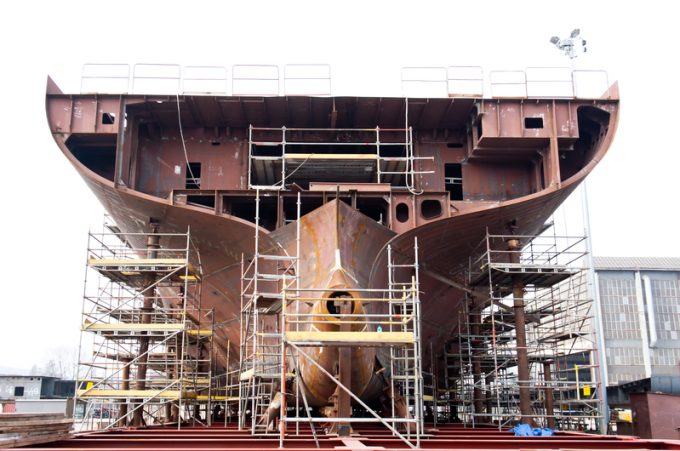Asia-West Africa ULCV deployment opens new markets for carriers
Following a sustained period of investment in port infrastructure and container handling equipment, ultra-large container ...

A slowdown in global manufacturing and the world’s economy will hobble container shipping’s growth prospects at the same time as ship sizes continue to increase, according to new industry reports from shipping association Bimco.
“Global economic growth continues to slow with recession warnings sounding in many ...
CMA CGM South Korean staff strike over bonuses after bumper 2024 profit
MSC switches two more Asia-Europe port calls from congested Antwerp
Ports and supply chain operators weigh in on funding for CPB
Nightmare for Bangladeshi exporters as congestion and tariffs bite
Carriers introduce surcharges as congestion builds at African ports
Box ship overcapacity threat from carrier appetite for new tonnage
CMA airline returns two freighters, while ANA takeover of NCA looms
Tradelanes: Export boom in Indian sub-continent triggers rise in airfreight rates

Comment on this article